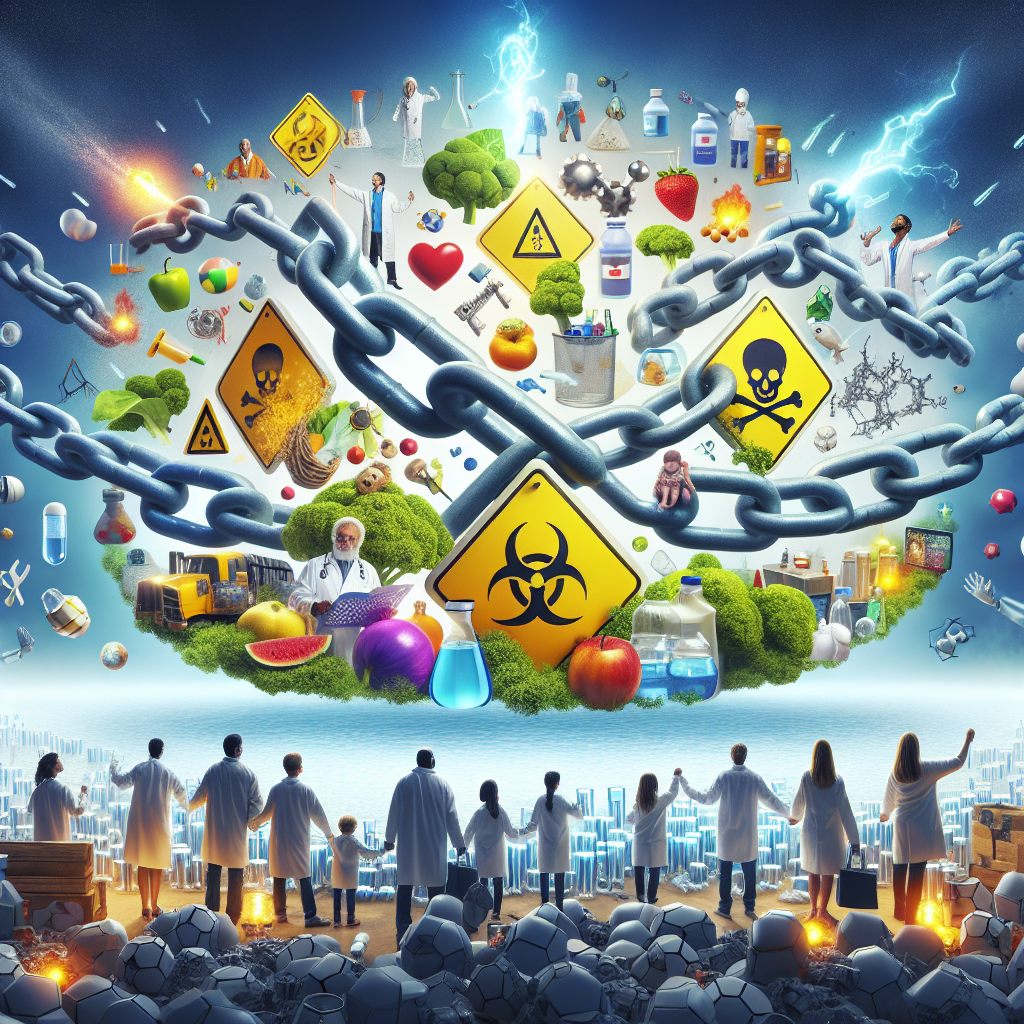
The Challenge of "Forever Chemicals" and How to Reduce Exposure
by bernt & torsten
Per- and polyfluoroalkyl substances (PFAS), often dubbed "forever chemicals," are a vast group of synthetic compounds known for their durability and non-stick properties. Widely used in consumer goods like non-stick cookware, waterproof cosmetics, stain-resistant fabrics, and food packaging, PFAS are incredibly resistant to environmental breakdown, persisting for centuries once discarded.
The Persistence of PFAS
Referred to as "forever chemicals" due to their long-lasting nature, PFAS can take hundreds to thousands of years to degrade in landfills. This permanence poses significant risks to environmental and human health, as these chemicals can easily infiltrate soil and water systems, remaining there for generations.
The Ubiquity of PFAS
For decades, PFAS has been incorporated into numerous products across various industries. They enhance the water, stain, and oil-resistant properties of items like cooking equipment, firefighting foams, and numerous textiles and packaging materials. Unfortunately, their widespread use has led to their omnipresence in everyday life.
Health Concerns
The potential health impacts of PFAS include links to numerous conditions such as high cholesterol, fertility issues, immune disorders, kidney disease, birth defects, and even certain types of cancer. Regular exposure, particularly through contaminated water sources, can elevate PFAS levels in the body, increasing these risks.
Reducing PFAS Exposure
While it's nearly impossible to eliminate PFAS exposure, there are actionable steps you can take to minimize contact:
- In the Kitchen: Opt for alternatives like wood, borosilicate glass, or stainless steel products instead of non-stick cookware. Avoid products labelled as "eco," "green," or "nontoxic," which may not genuinely be PFAS-free.
- In Your Food: Processed foods may contain more PFAS due to widespread contamination in the food chain. Try to consume more fresh fruits and vegetables, though be cautious of leafy greens grown near PFAS sources. Consider bringing your containers when ordering takeout to avoid PFAS-laden packaging.
- In Your Water: Use certified water filters like ZeroWater, which can remove up to 94.9% of PFAS, for safer drinking water. Boiling water does not remove PFAS, so use filtered water for all cooking and beverages.
- In Beauty Products: Choose products labelled "PFAS-free" and avoid those with ingredients containing "fluoro" or "PTFE."
- In Clothing: Favor natural fibres over synthetic waterproof or stain-resistant fabrics, which often contain PFAS.
Take Action Today
The challenge of PFAS is daunting, but informed choices in daily life can make a significant difference. By opting for safer alternatives and staying informed, you can reduce exposure to these persistent chemicals and advocate for a cleaner, healthier environment.

The Billion-Kronor Man and the Thousand Workers Behind Him
An Ode to Greed, Served With Golden Cutlery
In a land not so far away,...

Why I Wrote a Novel Instead of a Manifesto About AI
I could have written an essay. A whitepaper. A TED-style...

Bring Your Own AI - The Double-Edged Sword of Modern Workplaces
In the bustling corridors of modern corporations, a silent revolution unleashes unprecedented...